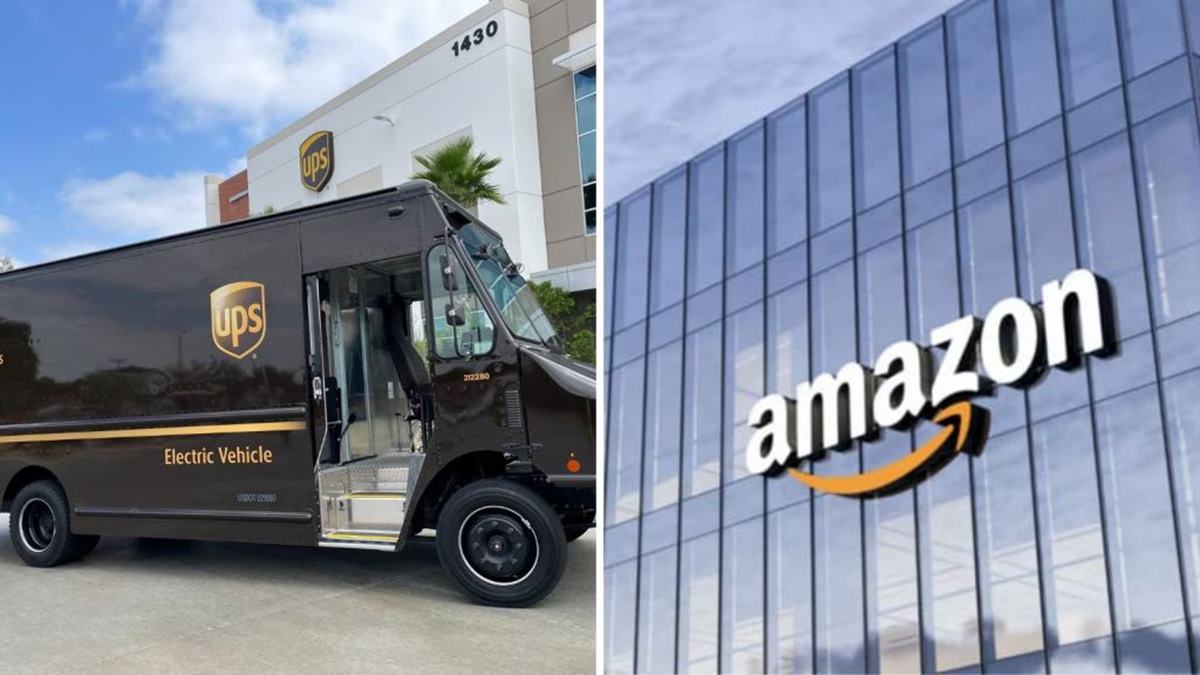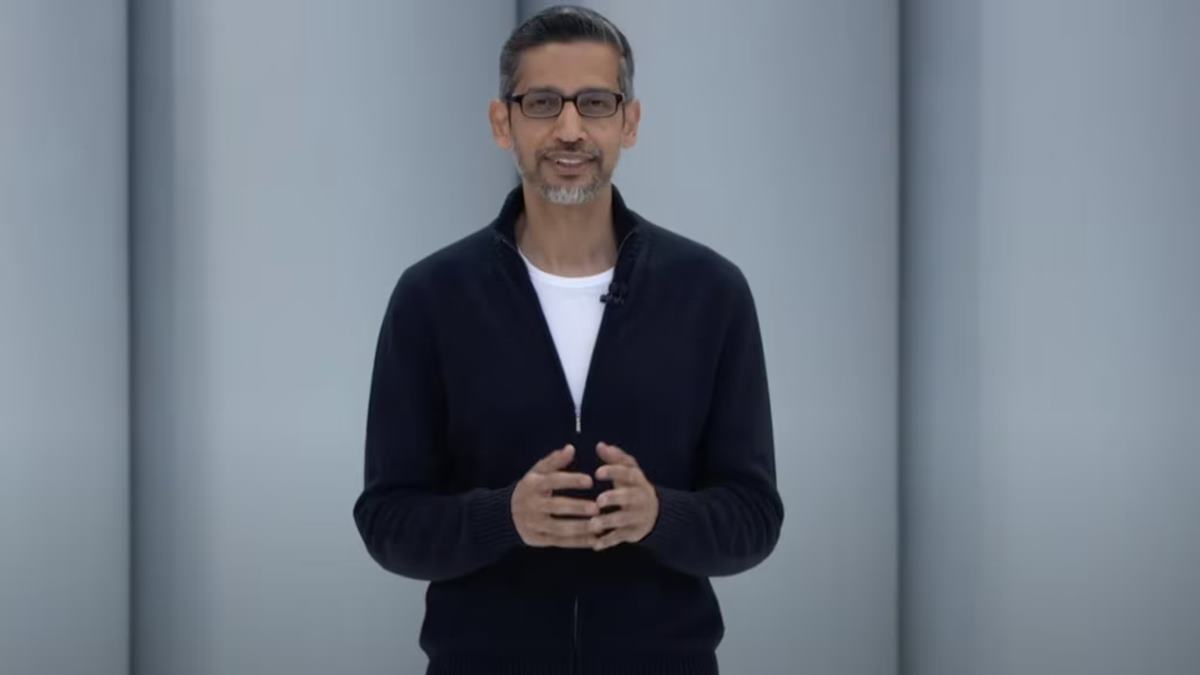Amazon’s reputation for relentless customer focus has powered its rise from online bookshop to global behemoth. Less examined, however, is how the company has begun applying that same obsessive attention to its own workforce. What emerges is an ambitious experiment in digital employee experience—one that promises to revolutionise workplace culture but raises fundamental questions about the role of technology in human relationships.
The transformation began quietly six years ago when Amazon abandoned the term “human resources” entirely. In its place emerged “people eXperience and technology” (PXT)—a rebranding that signalled more than cosmetic change. According to Deepti Varma, vice president, PXT, Amazon Stores India, Japan, and emerging markets, the shift reflected a philosophical reimagining of the employee-employer relationship. “We started calling ourselves people eXperience and technology,” she explains, describing how the company began treating workers as internal customers deserving of the same backwards-engineering approach that built Amazon’s commercial success.
“We started calling ourselves people eXperience and technology. We began treating workers as internal customers deserving of the same backwards-engineering approach that built Amazon’s commercial success.”
Deepti Varma, Vice President, PXT, Amazon Stores India, Japan, And Emerging Markets
The premise is seductive: if Amazon can create frictionless shopping experiences for hundreds of millions of customers, why not apply those same principles to employee engagement? The company has systematically deployed technology across the employment lifecycle, from recruitment through development to departure, promising simplicity, scalability, and personalisation at unprecedented scale.
When algorithms monitor employee wellbeing
Yet this digital utopia faces immediate scrutiny. Amazon’s workplace culture has long attracted criticism for its intensity and turnover rates, particularly in warehouses where workers have protested conditions and unionisation efforts persist. Can an app-based approach to employee experience address such fundamental concerns, or does it risk creating a veneer of care whilst deeper structural issues remain unaddressed?
The company’s flagship employee tool, the A-to-Z mobile app, exemplifies both the promise and potential limitations of this approach. Employees can access health insurance information, track leave balances, and explore development opportunities through a single interface. Varma emphasises the app’s role in reducing complexity, yet one might question whether consolidating information truly constitutes meaningful employee engagement or merely administrative efficiency.
More intriguingly, Amazon has ventured into proactive wellness through Twill, an AI platform that regularly monitors employee emotional states and stress levels. Unlike traditional reactive wellness programmes, Twill intervenes early with resources and recommendations based on algorithmic assessments. The concept raises profound questions about workplace surveillance disguised as care—how comfortable should employees be with algorithms monitoring their mental health?
The company’s daily pulse survey system, called Connections, presents similar ambiguities. Every morning, employees answer questions about their work experience, generating anonymised data that managers can access for “timely interventions.” Varma contrasts this with annual climate surveys that surface issues ‘too late’, yet critics might wonder whether daily emotional check-ins create genuine dialogue or performative engagement designed to demonstrate responsiveness whilst avoiding substantive change.
Co-creating solutions with employees
Perhaps recognising these limitations, Amazon has begun emphasising co-creation over top-down technological solutions. The company’s most compelling examples involve employees directly shaping tools rather than simply using them. Project Bharat, where a blind employee helped design technology that enabled hiring more visually-impaired individuals, demonstrates how worker input can drive meaningful innovation beyond mere efficiency gains.
Similarly, when employees in Japan and China struggled with English-language communications, local teams developed AI translation tools that were subsequently adopted globally. Such grassroots innovation suggests Amazon may be learning that employee experience cannot be engineered from headquarters but must emerge from genuine workplace needs.
The company’s approach to management development also reflects this evolution. The Manager Hub uses AI to send personalised nudges reminding supervisors to conduct career conversations or check team wellbeing. As Varma notes, “Managers are employees too, often new or inexperienced, and may not always know what is expected of them.” This acknowledgement of human fallibility represents a more nuanced view than early digital-first approaches might have suggested.
Beyond apps: Building empathetic design
Amazon’s employee experience strategy appears to be maturing beyond technological determinism towards what Varma calls ‘empathetic design’. The company now applies three tests before launching any new tool: Why do we need this? Why now? And what happens if we don’t? If the answers fail to demonstrate clear value, the technology is shelved—a pragmatic approach that suggests lessons learned from earlier, potentially over-engineered solutions.
The company’s flexibility programmes extend beyond remote work arrangements to career transition support. The Rekindle programme helps women re-enter the workforce after breaks, whilst Atlas enables non-technical employees to acquire technology skills. Veterans receive structured support transitioning from military to corporate roles. These initiatives suggest Amazon recognises that employee experience encompasses life circumstances beyond immediate work tasks.
The future of tech-enabled workplaces
Amazon’s employee experience experiment represents both the promise and peril of applying consumer-grade thinking to workplace relationships. The company’s willingness to treat workers as customers deserving of sophisticated, personalised experiences marks a significant evolution from traditional HR approaches. Its emphasis on employee co-creation and empathetic design suggests a more nuanced understanding of human needs than purely technological solutions might provide.
However, the ultimate test lies not in the sophistication of the tools but in their impact on workplace culture and employee wellbeing. As Varma acknowledges, “It’s not just about how technology is being used, but how culture is being built.” Whether Amazon’s digital empathy can address deeper questions about work-life balance, job security, and meaningful employment remains an open question—one that will likely determine whether other organisations follow this path or seek alternative approaches to employee engagement.
For now, Amazon’s experiment offers a compelling case study in the possibilities and limitations of technologically mediated workplace relationships. The company may be pioneering the future of employee experience, but it is also confronting the enduring challenge of balancing efficiency with humanity in an increasingly digital world.




















